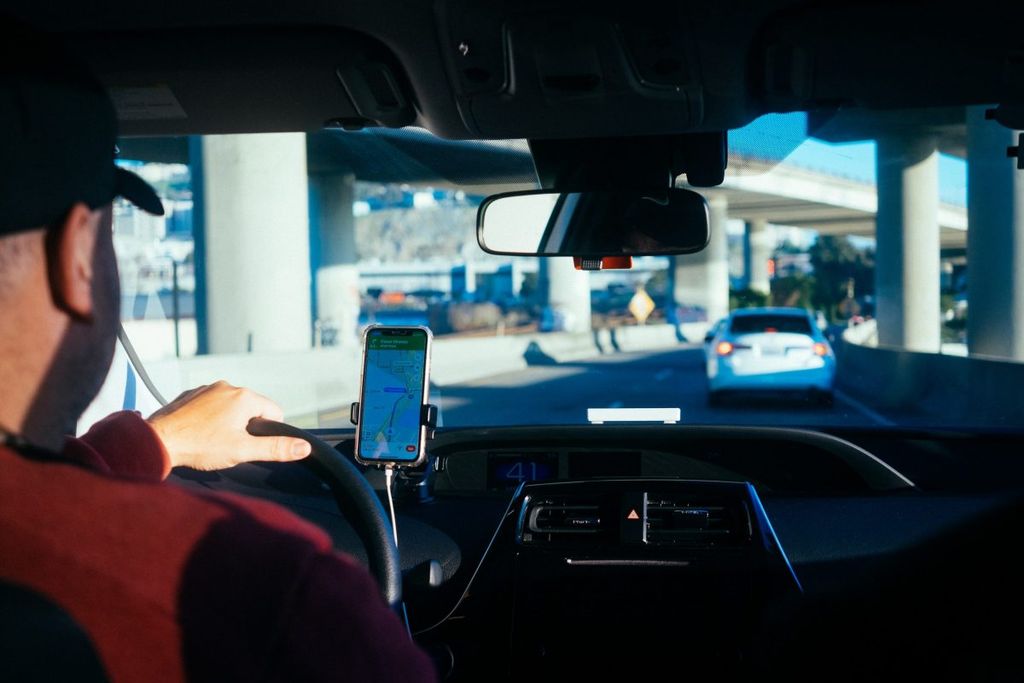
On-demand mobility
A game-changer
Mobility makes up 30% of all urban carbon emissions.
To reduce this, we need to encourage a modal shift away from the private car. And that’s where on-demand services come in. On-demand mobility fills the gaps where other transport modes cannot.
Essentially, on-demand mobility services are those provided on request, mainly through smartphone apps, with different degrees of flexible routes and schedules. This includes services like ride-hailing, carpooling, taxi cars, and demand-responsive transport, being with a driver or with autonomous driving technology.
Types of on-demand mobility services
And the on-demand mobility sector is well positioned to solve several key challenges that traditional public transport modes cannot tackle alone:
Accessibility and equity.
Naturally, shared services are more affordable than private ones. At the same time, on-demand mobility can operate in areas that are less profitable for traditional public transport modes. In addition, the door-to-door nature of on-demand services makes them invaluable for those in need of extra assistance.
First/last mile problem.
Public transport can only take you so far. In areas of limited demand, take thinly spread communities for example, on-demand services can act as a feeder network to increase connectivity to major network hubs.
Scheduling.
Sometimes, it’s not practical to run public transport at every hour of the day. Instead, the dynamism of on-demand mobility can extend operational times and improve accessibility and security, especially during more vulnerable night-time journeys.
Thanks to these benefits, on-demand mobility is growing. On-demand services are faster to implement than traditional transport modes because they require less comprehensive infrastructure, and that increases the pace of adoption. That much is clear when you look at estimated growth rates:
Despite the announced benefits, many challenges remain, from setting up stable, viable and fully-fledged services to maximise efficiency, pooled rides and benefits for society and the environment.
A new committee
To open a dialogue on these topics and advance the sector, UITP is launching the On-demand Mobility Committee, expanding the former taxi-and ride hailing committee.
This committee brings together stakeholders involved in the provision and design of on-demand mobility services, from ride-hailing, taxi, and demand-responsive transport. The committee will foster collaboration between selected professionals among operators, on-demand software providers and authorities in their sectors.
Of course, there’s more to shared mobility than only on-demand services. To advance shared vehicles and micromobility, there is the Shared Vehicles committee. In addition, the Combined Mobility committee and Automated Mobility working group both welcome shared mobility stakeholders to discuss topics that interest the whole sector, from integration with public transport to how automation will affect the sector.
The latest from UITP on on-demand mobility

Contact
UITP

UITP
Committee Chair

Sylvain TOUSIGNANT
Director for On-Demand Transport at Montreal Sustainable Mobility Agency
Discover everything about shared mobility! Find out how to get involved, meet your peers, and stay up to date with the latest expert insights.
Read more about:
Membership benefits




